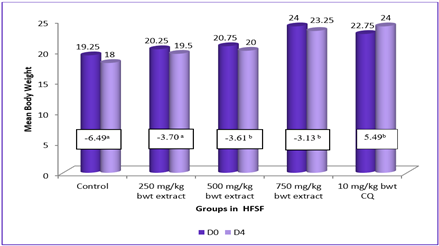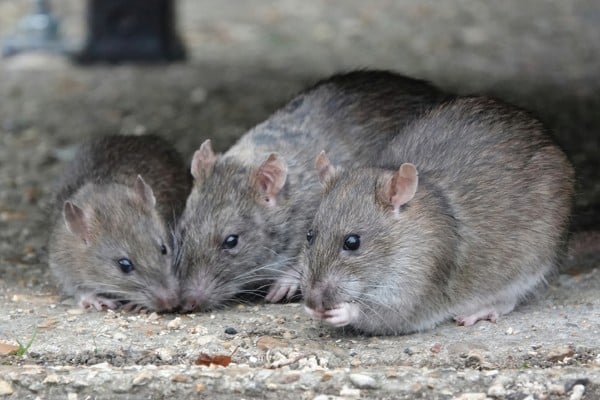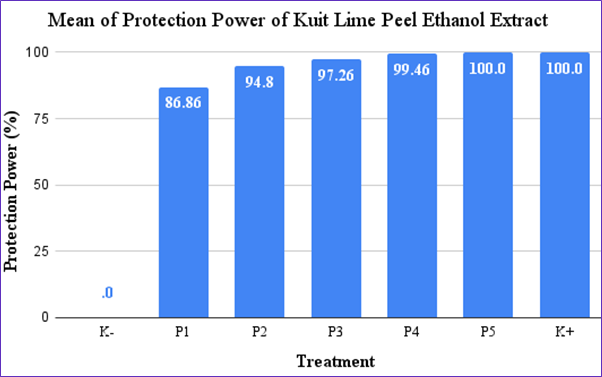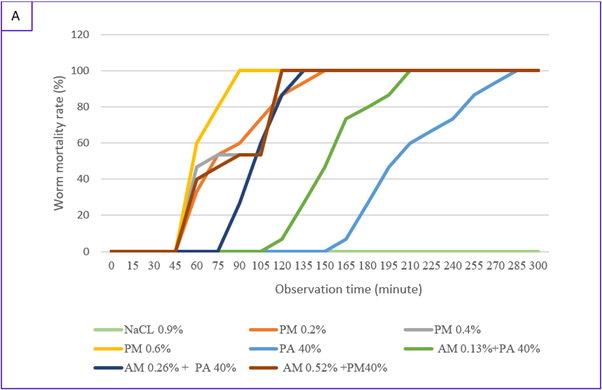Influence of Soil-Transmitted Helminths in the Blood Biochemical Profile of Naturally Infected Rats
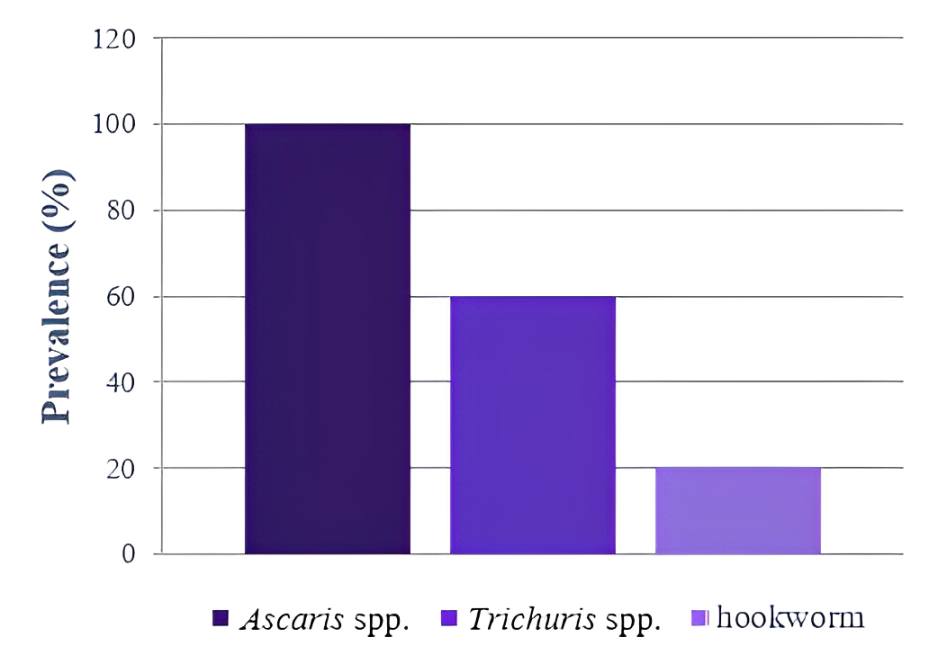
Downloads
Soil-transmitted helminths are geohelminths that induce infection in humans and animals. The irregular release of parasite eggs or larvae further complicates the diagnosis. This study aimed to establish the main alterations in the blood biochemical parameters such as creatinine, total bilirubin, and total protein levels of soil-transmitted helminth infected rats. Rats were exposed to soil samples contaminated with parasite eggs. Blood and stool samples were collected from the two groups of rats on the 15th and 30th days after exposure for biochemical analysis and stool analysis utilizing an automated biochemistry analyzer and formol-ether concentration technique, respectively. The results of this study revealed that on day 15, the creatinine (0.540 ± 0.055 mg/dl) and total bilirubin (0.183 ± 0.085 mg/dl) levels were significantly higher than the normal reference values, but the total protein level (6.080 ± 1.287 g/dl) has no significant difference. On day 30, a higher increase in the creatinine (0.600 ± 0.000 mg/dl) and total bilirubin (0.320 ± 0.091 mg/dl) levels were observed. The total protein level revealed a significant decrease with 4.980 ± 0.785 g/dl compared to the normal values and day 15 result. The biochemical parameters of the control group were observed to be within the normal physiological values. Without a clinical diagnosis, blood biochemical parameters can change in response to parasite invasions and the early stages of diseases. Therefore, it may aid in determining the current pathophysiology of soil-transmitted helminths among reservoir hosts.
Abro, A.H. et al. (2009) ‘Jaundice with hepatic dysfunction in P. falciparum malaria’, Journal of the College of Physicians and Surgeons Pakistan, 19(6), pp. 363–366.
Azizi, S. et al. (2007) ‘Histopathologic changes and larval recovery of Toxocara cati in experimentally infected chickens’, Parasitology Research, 102(1), pp. 47–52. https://doi.org/10.1007/s00436-007-0722-5.
Bowman, D.D. (2020) ‘The anatomy of the third-stage larva of Toxocara canis and Toxocara cati’, Advances in Parasitology, 1st ed, 109, pp. 39–61. Available at: https://doi.org/10.1016/BS.APAR.2020.03.002.
Chala, I.V. and Bahur, T.I. (2016) ‘Biochemical Changes and Redox Potential of Blood of Dogs with Toxocariasis’, In Parasitic Systems and Parasitocenoses of Animals. Vitebsk: VGAVM, 5, pp. 189–191.
CDC. (2019) Toxocariasis. Centers for Disease Control and Prevention. Available at: https://www.cdc.gov/dpdx/hookworm/index.html. (accessed: July 9th, 2019)
CDC. (2020) Global Health, Division of Parasitic Diseases and Malaria. Centers for Disease Control and Prevention. Online source: https://www.cdc.gov/parasites/sth/index.html. (accessed: October 27th, 2020)
Guo, Y. et al. (2012) ‘Prevalence of Schistosoma japonicum in Wild Rodents in Five Islands of the West Dongting Lake, China’, Journal of Parasitology. 99(4), pp. 706-707. Available at: https://doi.org/10.1645/12-35.1.
Harvey, J.W. (2012) Veterinary Hematology: A Diagnostic Guide and Color Atlas. Saunders/Elsevier: St. Louis, MO, pp. 360. Available at: https://doi.org/10.1111/vcp.12
Lemos, J.R.D. et al. (2013) ‘Influence of Parasite Load on Renal Function in Mice Acutely Infected with Trypanosoma cruzi’, PLoS ONE 8(8), e71772. Available at: https://doi.org/10.1371/journal.pone.0071772.
Ma, G., et al. (2018) ‘Human toxocariasis’, The Lancet Infectious Diseases, 18(1), pp. 14–24. Available at: https://doi.org/10.1016/S1473-3099(17)30331-6.
Mathew A.J., and George J. (2011) ‘Acute kidney injury in the tropics’, Annals of Saudi medicine, 31(5), pp. 451–456. Available at: https://doi.org/10.4103/0256-4947.84620
Michelutti, A. et al. (2021) ‘Detection of Toxocara cati Larvae from Ostrich and Wild Boar Meat Intended for Human Consumption’, Pathogens, 10(10), pp.1290. Available at: https://doi.org/10.3390/pathogens10101290
Onyesom, I. and Onyemakonor, N. (2011) ‘Levels of parasitaemia and changes in some liver enzymes among malarial infected patients in Edo-Delta Region of Nigeria’, Current Research Journal of Biological Sciences, 3, (2), pp. 78–81.
Oyewole, I., Senusie, S., and Mansaray, M. (2010) ‘Plasmodium falciparum-induced kidney and liver dysfunction in malaria patients in Freetown, Sierra Leone’, Sierra Leone Journal of Biomedical Research, 2(1), pp. 70–74. Available at: https://doi.org/10.4314/sljbr.v2i1.56611
Pullan, R.L. et al. (2014) ‘Global numbers of infection and disease burden of soil transmitted helminth infections in 2010’, Parasites & Vectors, 7(1). Available at: https://doi.org/10.1186/1756-3305-7-37.
Prastowo, J. et al. (2014) ‘Identification of Renal Parasite and its Blood Urea-Creatinine Profile on the Indonesian Indigenous Pigeons’, International Journal of Poultry Science, 13(7), pp. 385-389. Available at: https://doi.org/10.3923/ijps.2014.385.389.
Sterling, C.R. (2020). Food-Borne Nematode Infections in Foodborne Parasites. Food Microbiology and Food Safety Series, 1st ed.; Ortega,Y.R., Ed.; Springer: Boston, MA, USA, pp. 135–160. Available at: https://doi.org/10.1007/0-387-31197-1_6.
Wu, T., and Bowman, D.D. (2020). Visceral larval migrans of Toxocara canis and Toxocara cati in non-canid and non-felid hosts. Advances in Parasitology, 109, pp. 63–88. Available at: https://doi.org/10.1016/bs.apar.2020.02.001.
World Health Organization (WHO) (2023). Soil-transmitted helminth infections. Available at: https://www.who.int/news-room/fact-sheets/detail/soil-transmitted-helminth-infections.
Copyright (c) 2025 Journal of Parasite Science

This work is licensed under a Creative Commons Attribution-NonCommercial-ShareAlike 4.0 International License.
- Every manuscript submitted to must observe the policy and terms set by the Journal of Parasite Science
- Publication rights to manuscript content published by the Journal of Parasite Science is owned by the Journal of Parasite Science with the consent and approval of the author(s) concerned
- Authors and other parties are bound to the Creative Commons Attribution-NonCommercial-ShareAlike 4.0 International License for the published articles, legal formal aspect of journal publication accessibility refers to Creative Commons Attribution-NonCommercial-ShareAlike 4.0 International License (CC BY-NC-SA)
- By submitting the manuscript, the author agrees to the requirement that the copyright of the submitted article will be transferred to Journal of Parasite Science as the publisher of the journal. The intended copyright includes the right to publish articles in various forms (including reprints). journal of parasite science retains the publishing rights to published articles.



























